Hatchery Signals: A Practical Guide to Improving Hatching Results
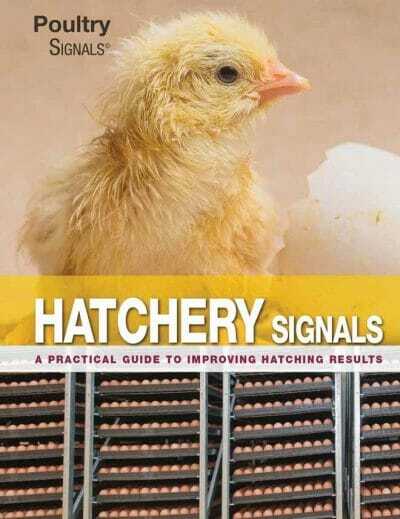
By Sander Lourens, Jolanda Holleman and Ton van Schie
Hatchery Signals: A Practical Guide to Improving Hatching Results PDF. Good hatchability and optimal chick quality is the result of a sound basic knowledge of climate control techniques, and most of all: the biology of the avian embryo. Incubators are high-tech equipment, but the results depend highly on a well-trained team. Hatchery Signals teaches you the art of the incubation process based on the look-think-act approach. This means that it aims to provide highly visualised, practical tools and insights to further improve and optimise hatch results, chick quality and offspring performance in a commercial hatchery environment.
Hatchery Signals follows the egg from the moment it is laid at the breeder farm until the first few days at the broiler or layer farm. When the eggs arrive at the hatchery, egg quality and embryo vitality cannot improve. The task for the hatchery manager is to preserve and maintain quality and vitality during storage and all stages of development. Hatchery Signals shows how to fulfil the requirements of the embryo during the incubation process to support optimum development at all times. The power of good data collection and analysis is explained using practical examples. It provides guidelines and advice on how to further improve offspring performance. New developments and innovations in and around the hatchery like early feeding strategies and farm-hatching concepts are discussed.
Hatchery Signals has been developed for hatchery workers, breeder farm managers, broiler farmers, students, incubator companies, feed companies, breeder companies, broiler processing plants, farm equipment manufacturers, etc.
This Book is Available For Premium Members Only

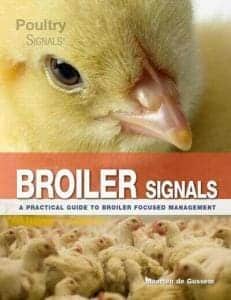
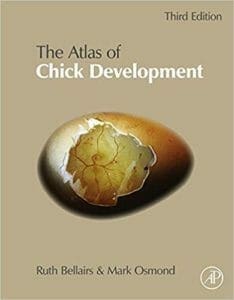




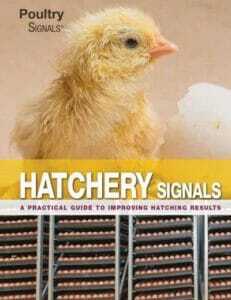
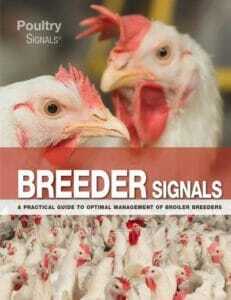




![Ettinger’s Textbook of Veterinary Internal Medicine 9th Edition [PDF+Videos] Ettinger’s Textbook of Veterinary Internal Medicine 9th Edition [True PDF+Videos]](https://www.vet-ebooks.com/wp-content/uploads/2024/10/ettingers-textbook-of-veterinary-internal-medicine-9th-edition-100x70.jpg)

![Textbook of Veterinary Diagnostic Radiology 8th Edition [PDF+Videos+Quizzes] Thrall’s Textbook of Veterinary Diagnostic Radiology, 8th edition PDF](https://www.vet-ebooks.com/wp-content/uploads/2019/09/textbook-of-veterinary-diagnostic-radiology-8th-edition-100x70.jpg)






